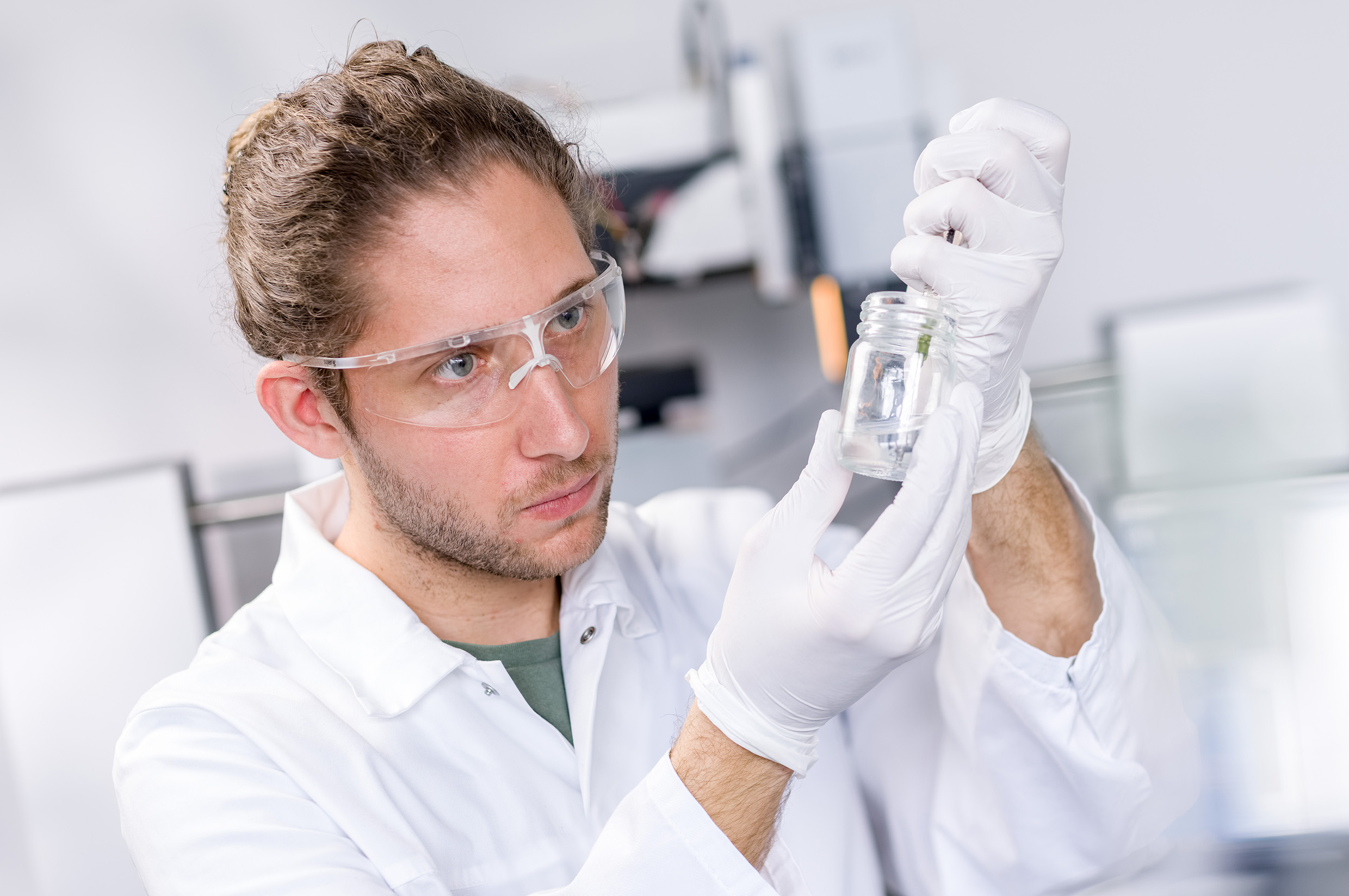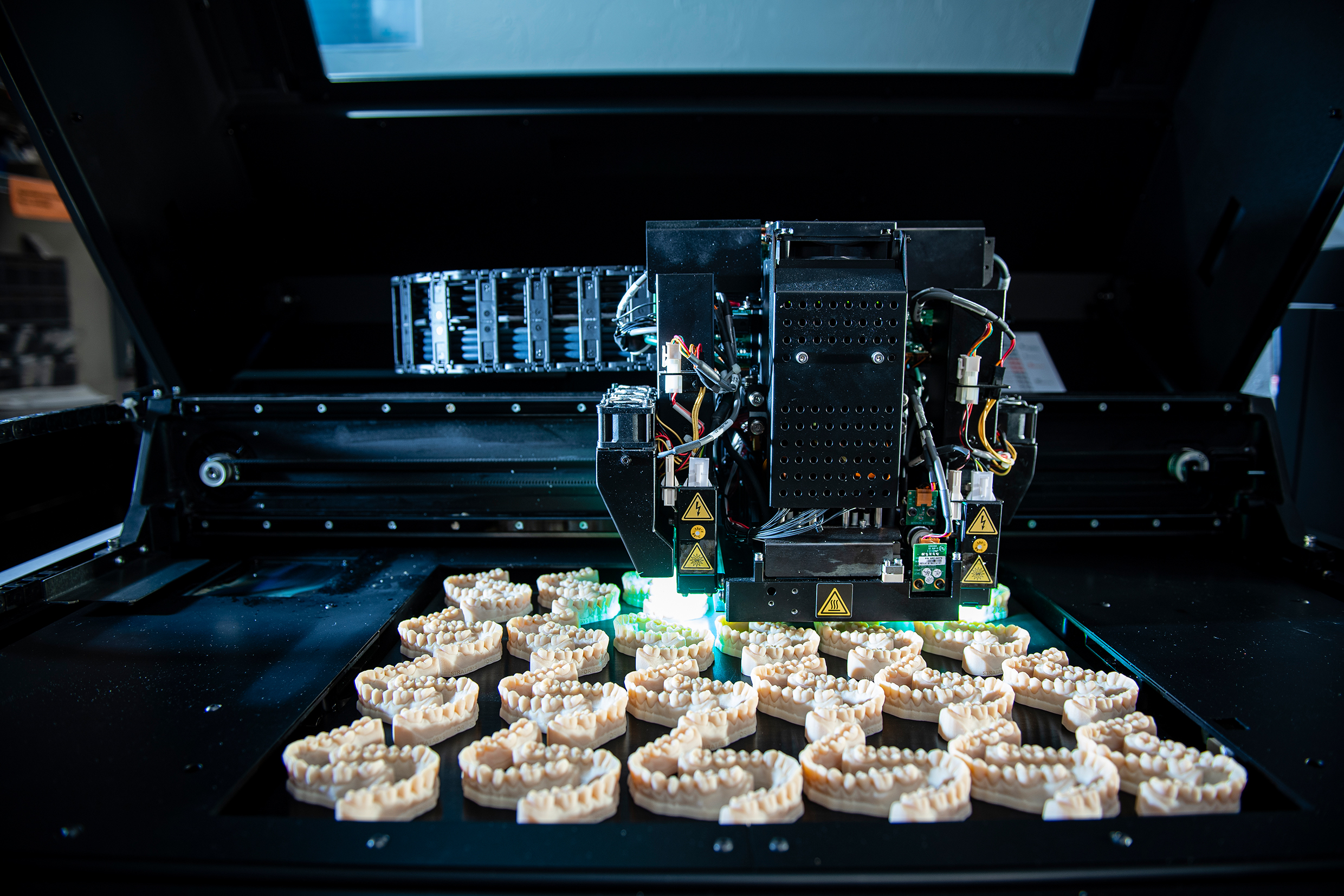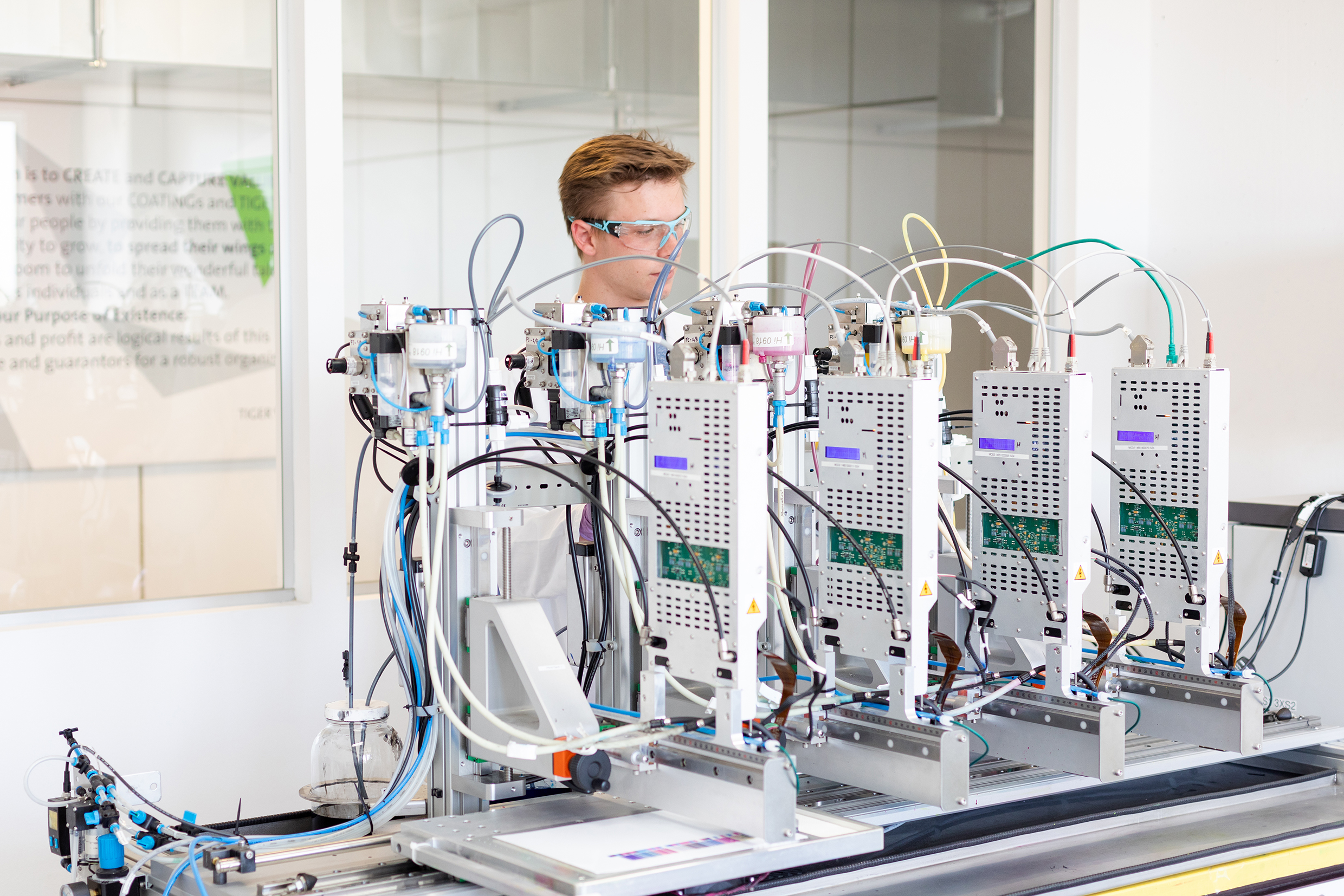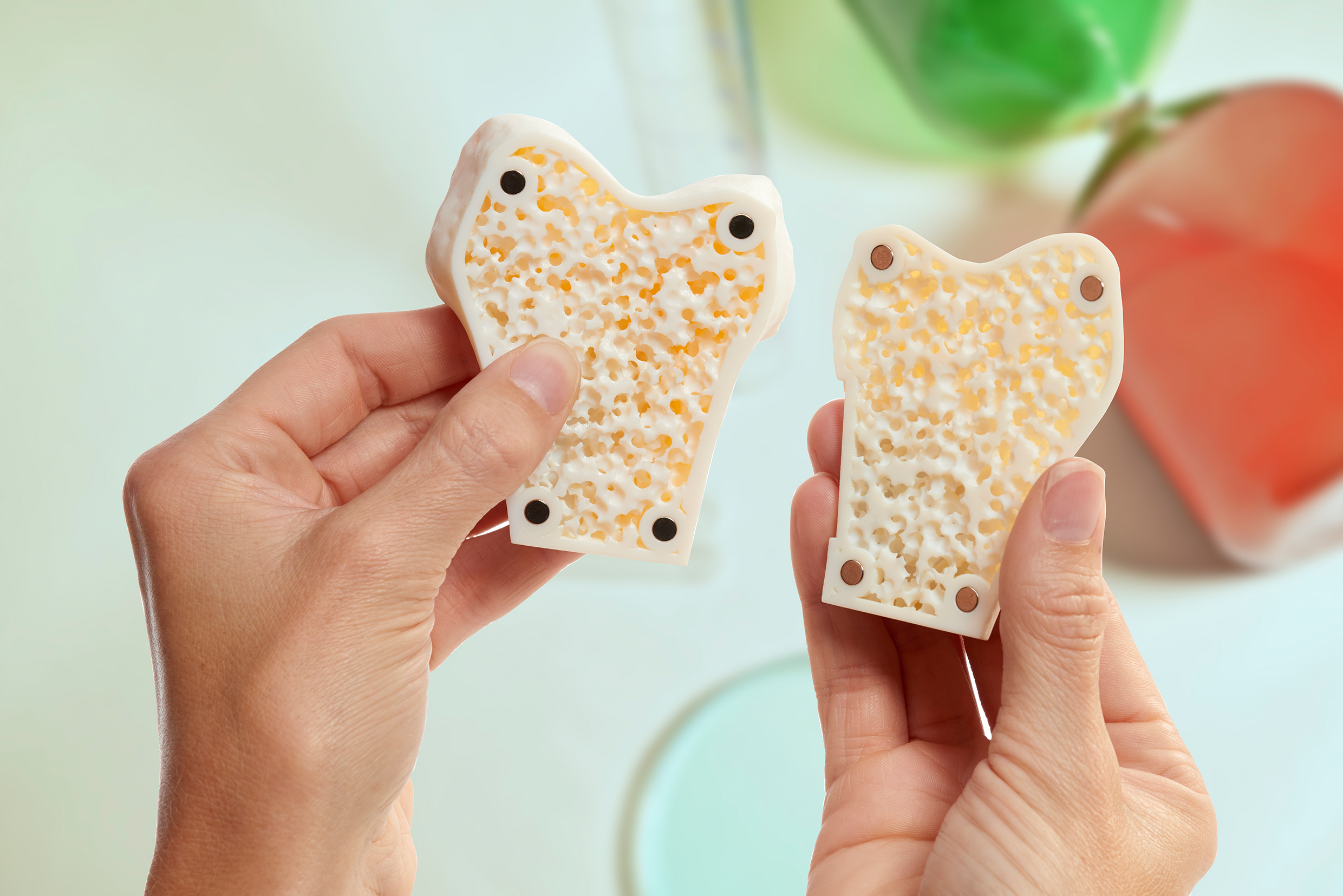INKplant: The future of regenerative medicine lies in 3D printing
19 partners – universities, research institutions, companies and hospitals – from seven countries are working together in the INKplant project to find new solutions for the production of personalised implants. To this end, the multidisciplinary team combines different biomaterials and 3D printing technologies.
The ambitious project has a budget of 6 million euros. The core of the project is to develop patient-specific implants by combining different biomaterials and state-of-the-art technologies. High-resolution manufacturing technologies (lithographic ceramic production and 3D multi-material inkjet printing) as well as new evaluation methods should enable individually adapted, tailor-made implants for patients.
Currently, medical implants for tissue repair are mainly produced in standard sizes and shapes from inorganic, non-absorbable materials. They are perceived by the body as foreign material. In contrast, INKplant aims to enable the production of customised implants with improved biomechanical performance and biocompatibility. The AUVA Research Centre, Ludwig Boltzmann Institute for Experimental and Clinical Traumatology, is taking a close look at these aspects. As part of INKplant, scientists at LBI Trauma are investigating how cells react to the printed materials. Defects are not only to be repaired, but regenerated with the involvement of the body’s own cells.
Shorter rehabilitation times and lower health care costs
The project partners are working on four different application examples: Defects of the meniscus, defects of joint cartilage and bones, palatal defects, and patient-specific implants for dental rehabilitation.
The higher biocompatibility of the materials and the methods outlined in the research project should both reduce the extent of surgical interventions and reduce complications that arise when using conventional prosthetic components. This results in an enormous improvement in the quality of life of the affected patients.
Due to the high complexity and attention to detail in the production of materials, INKplant takes into account the complexity of the regeneration of different types of tissue in the body. In addition, the scientists are working to enable treatments for challenging medical problems as mass production. With these contributions, INKplant aims to reduce healthcare costs and the duration of rehabilitation.
This is made possible by the hybrid additive printing process developed in the project. The implants are materials that mimic the biological and mechanical behaviour of soft and hard tissue.
Patient-specific implants for dental and oral rehabilitation
INKplant offers a new approach to oral rehabilitation in cases where there is not enough hard and soft tissue to place a dental implant.
Bone recedes quickly with lack of use. This is particularly evident in the jaw area: When teeth are extracted, the jaw bone is reduced in height due to natural remodelling processes. The lack of bone substance significantly impairs the fit of dentures and makes it difficult to insert conventional dental implants.
With advances in imaging technology and materials science, it is now possible to 3D print a bone implant tailored to the patient using a combination of biocompatible materials. The chosen mix of materials is intended to realise an implant that, in addition to the required mechanical stability, also has optimised surface properties to accelerate tissue integration and wound healing. This reduces the probability of early complications. After implantation, the surface of the implant is colonised by the body’s own cells and partially converted into bone substance, which promotes integration and leads to long-term stable anchoring of the implant.
The goal is a novel implant design that enables the rehabilitation of patients with jaw recession in a short procedure under local anaesthesia with rapid healing and a high success rate. This innovative solution has the potential to redefine the current standard of surface properties of endosseous implants and become the new gold standard.
An outstanding team looking to the future
INKplant is coordinated by the Austrian research company PROFACTOR. The consortium includes experts in tissue regeneration, biomaterials, 3D printing, standardisation and bioethics, world leaders in additive manufacturing such as the companies Lithoz and Stratasys, and four university hospitals.
Education will be key to the future application of INKplant’s findings. Therefore, the project will be involved in educating the next generation of scientists and technicians through workshops and courses, and will try to inspire students to pursue technical careers.



